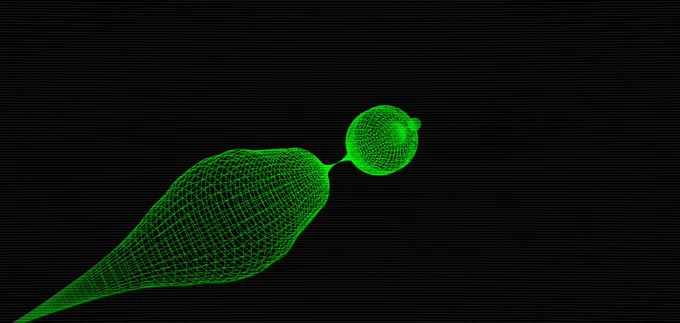ΠΣUЯΔLΠΣT | Computational Aestheticist at AI Liberation Front | Hacker-At-Large @noisebridge | Model Control Identity Engineering | github.com/israelgonzalezb
Joined August 2011
- Tweets 48,866
- Following 2,220
- Followers 3,453
- Likes 104,548
neuralnet :: xenomorphic surveillance substrate
procedural animation of a digital eye using WEBGL for 3D rendering. applies a custom GLSL shader as a post-processing effect to emulate the artifacts of a vintage CRT monitor (the "neuralnet aesthetic")
izzy retweeted
Snapchat just open sourced their cross platform mobile framework called Valdi and it could give React Native a run for its money.
izzy retweeted
5g of magic mushrooms x.com/i/broadcasts/1ZkJzZEWM…
izzy retweeted
In a milestone for quantum technology, Chinese researchers showed that their 76-qubit photonic processor, Jiuzhang, completed a calculation in four minutes— a task estimated to take the world's top classical supercomputers 2.6 billion years. Unlike electrical-circuit-based computers, Jiuzhang uses photons to process data, achieving unprecedented speeds.The system employs Gaussian boson sampling, with photons navigating mirrors and prisms to generate vast simultaneous outcomes via superposition and entanglement. Instead of sequential processing, it explores multiple possibilities at once, potentially revolutionizing cryptography, chemistry, AI, and materials science.This breakthrough advances the pursuit of quantum advantage. Though not yet practical for daily use, Jiuzhang proves quantum supremacy—outperforming classical machines—is now real.
Source / Credit:
Zhong, H.-S., et al. (2020). Quantum computational advantage using photons on Jiuzhang quantum computer. Science, 370(6523).
izzy retweeted
That’s my bill. I mean my law. I got a something passed into law in Montana 💯🙏🏻❤️
And if you like you can copy paste what works for your state. Fingers crossed for Ohioan’s and their rights 🤞
The "Right to Compute Act" guarantees that individuals and organizations can own and use computational resources — hardware, software, algorithms, even quantum systems — unless the government can show a compelling reason to restrict them. It pairs that freedom with sensible guardrails for critical infrastructure, requiring companies to follow national safety frameworks like NIST’s AI Risk Management Framework. @DispatchAlerts @taylordbarkley






















